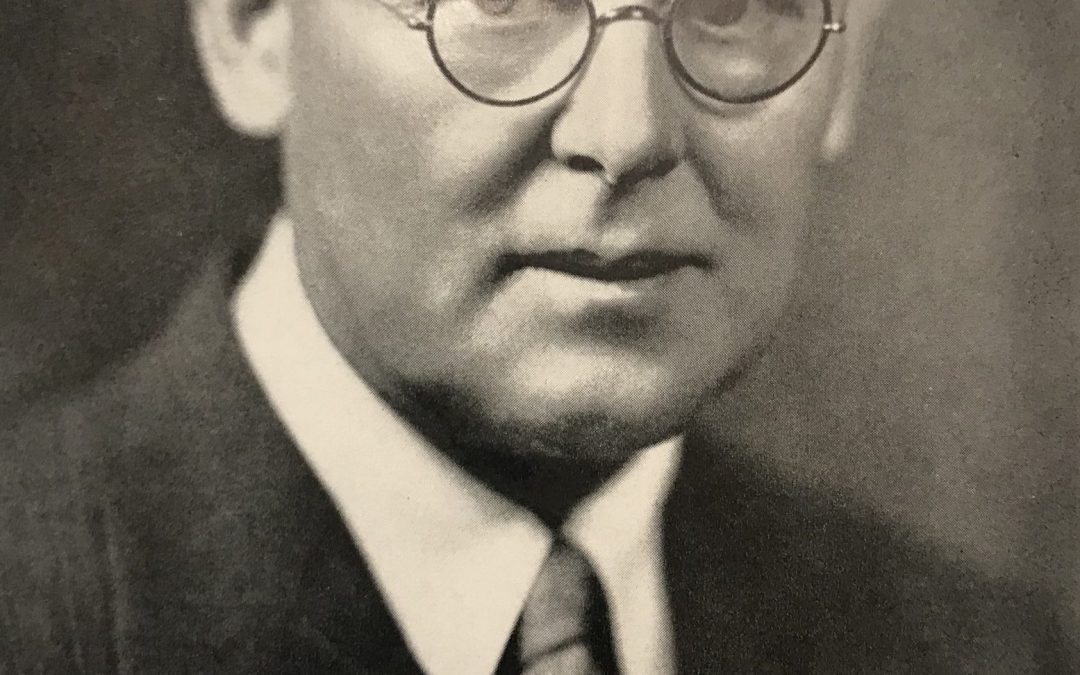By Mabel Plaskett
On the coast side of the divide where the Nacimiento road crosses the summit of the coast range a small stream springs into existence. This is the north fork of Mill Creek which, joined by a middle and a south fork, becomes a good sized creek as it empties into the ocean under the Mill Creek bridge on Coast Highway No. 1 officially named Cabrillo Highway.
As crow flies it is about four miles from the summit (called the Puerta Suella) to the sea, but travels seven miles on the winding road. Looking down, driving along, one sees a dense growth of redwood in the dark canyons where only the cry of the blue jay breaks the silence. It is hard to believe that in the early 1900’s the canyon hummed with activity.
At 6 a.m., 12 noon, and 6 p.m. the mill whistle blew starting a hard day’s work, calling the men in for noon meal and stopping at dusk for supper and a dreamless sleep.
About 1900 two small saw mills were established, giving Mill Creek its name. The upper mill was owned and operated by the Sans Brothers, Ed and Charley, who came here from Watsonville. The lower mill was started by Alvis H. Davis on Santa Maria.
THE SANS sawmill was operated by a steam engine whose great furnace was fed by firewood. This was the job of an old man named Orville Olmstead (always called “Captain” on account of a sea voyage made with the Nautical Survey along the coast of California in 1890).
The lower mill was operated by water power, the ruins of the huge water wheel can still be seen in Mill Creek. The sawed lumber was floated to the coast in flumes, piled in yards and shipped out by steamer.
A narrow road ended at the Sans saw mill over which they hauled their lumber in wagons to the McKern Place where they had a lumber yard. Residents of Jolon, Hesperia, Pleyto and Bradley and adjoining area came here for lumber. Not only lumber, but shakes, shingles, pickets and posts were made in Mill Creek and from four to eight men were employed at this task.
Joe Moro and his brother Dave worked for the Sans Bros. for 10 years. In fact, the Sans bought the land from the Moros when they started the saw mill.
QUITE A FEW Indians lived in Mill Creek before the mills were established. Gabriel Fontes lived in a cave high up on the north slope of Mill Creek. Alberta and Antonia Fontes were his children – Alberta when a young girl was taken in by a wealthy family and in the capacity of governess went to Europe several times. Alberta is dead, but Tony still lives in Jackson with relations.
Other Indians living near were Cayatan Canieti, whose wife Lucia was a daughter of Mr. and Mrs. Antonio Gomez. Their daughter, Hattie Canieta, was a natural artist. A pencil sketch of the Sans four-horse team and lumber wagon, which she drew from watching the team go past the house, was a perfect likeness and hung on the dining room wall of the Sans house in Mill Creek for years.
Another daughter, Regina, attended Mansfield School with the Digges and Sans children. Regina, now Mrs. Tilly, lived in Lompoc and is a frequent visitor with friends near King City.
Dave and Joe Moro were uncles of Regina. In 1898 Dave Moro took in horses to pasture and his place near Chalk Peak is still called “Dave Moro’s Horse Pasture.” This is now part of U.S. Forestry.
LINWOOD MITCHELL and his wife lived on the south fork of Mill Creek. They had a fine orchard, still in existence. Their son Roy with his family lived nearby. Mrs. Roy Mitchell still owns land at the head of Wild Cattle Creek.
A rough looking character called Jack Dempsey had a cabin on Mill Creek. In a fight with a fellow worker he once broke a cast iron frying pan over the man’s head, whereupon Ed Dutton (the Jolon constable) was summoned. Dempsey cooled his heels in the bastille for 30 days. Ed Dutton kept the broken skillet among his relics for a long time.
It was on the trail near the south fork of Mill Creek that a piano was left by a salesman who had come to repossess it, and, unable to get it out, gave up and left the instrument which can be seen in its rotting crate to this day.
Antonia Gomez with his wife, Marcellina, homesteaded 160 acres about half way between the two mills in the early 1880’s and built a house on a level mesa just about the fog line. Here was planted an orchard of figs, apples, pears, cherries and citrus trees. Of these the orange and lemon trees are still thriving and supply fruit to anyone brave enough to take the walk from Mill Creek up a steep narrow trail to the orchard. To the dismay of all who know about the trees, some vandal perpetrated an awful deed recently. Where the sweetest naval orange tree had grown we found a great excavation where the tree had been taken up and spirited away – how, why, and by whom remains a mystery.
IN 1893 BOB Digges, a well-known cattle man of King City, bought the Gomez place and married their beautiful daughter, Maria, better known as “Chiquita”. They had nine children, Pearl, Julius, Charley, Marguerite, Frank, Sally, Robert, Louis and May. These children, with the Ed San family – Carl, May Belle, Olive, Albert and Elsie – attended. Mansfield School situated between the two families on Mill Creek. Ida Davis, daughter of Alvis Davis was the first teacher. Miss Frances Starr, sister of Mrs. Frank Gause of Jolon was the second and Elizabeth Mulcahay, who later married Charley Sans, was the third.
This school was moved near the Davis Mill after the Sans left Mill Creek in 1910 move to the McKern place on the Nacimiento river purchased by Ed Sans from Reil Dani. Mr. and Mrs. Charley Sans moved to Hollister at that time. While living on the McKern place, another son, Charles, was born to the Ed Sans.
At that time a very rough, virgin road from Jolon to the Sans mill was the means of travel. There were 52 crossings of the Nacimiento river in less than 10 miles.
The Sans Bros. sold out to Henry Kilsdonk, who operated the mill for several years. Kilsdonk also bought the lease of the Davis mill and lived with his wife (Angie Potter) on Mill Creek for several years.
In the course of time all of the property on Mill Creek was acquired by the U.S. Army, which, in recent years, traded, the coast side to the U.S. Forestry.
ALL THE EARLY homes are gone, silence reigns where once the laughter of children rang beneath the redwoods. A great gravel pit occupies the site of the Davis Mill warehouse on the edge of the bluff above Mill Creek beach, where in the early days frequent dances were held where everyone from Lucia, Gorda and Mill Creek danced until dawn to the squeaky fiddling of “Old Man Reeder”.
One happy result of all the changes over the years is the establishing by the Forestry the lovely campgrounds along the coast where one and all may gather to perhaps recapture the nostalgic rapture of those lovely…. (end of article seems to be missing)
Mabel Sans Plaskett was born in Coralitas near Ben Lomond in the Santa Cruz Mountain area of California. Her father Edward Robert Sans ran a saw mill near Pacific Valley, along the Nacimiento - Ferguson road to the coast at Highway One. It was there she met Edward Abbott Plaskett, her husband. Mabel wrote about the coast and the pioneers of the 19th and 20th Centuries.


Recent Comments